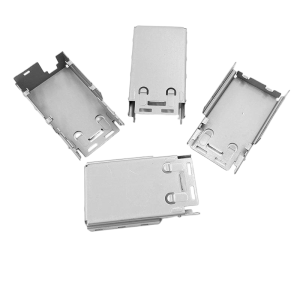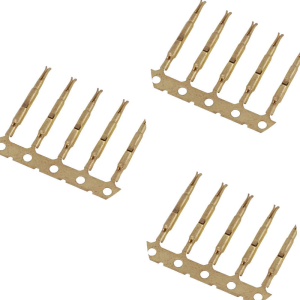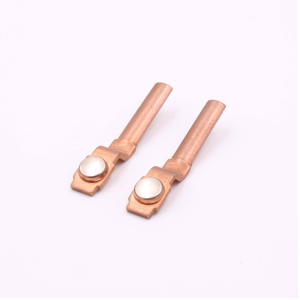In the automotive industry, achieving precision, cost-effectiveness, and strength in metal components is critical to ensure vehicle safety, performance, and longevity. One of the key manufacturing methods that contribute to these goals is deep draw stamping. At Topmetalstamping, we specialize in providing high-quality, precise deep draw stamping solutions for automotive parts, helping our clients streamline production while meeting their strict specifications.
This blog will delve into the process of deep draw stamping, how it works, and why it’s the go-to method for producing high-quality automotive components. We will also highlight the challenges we faced with a recent project and how our team used deep draw stamping to deliver an optimized, cost-effective solution for our client.
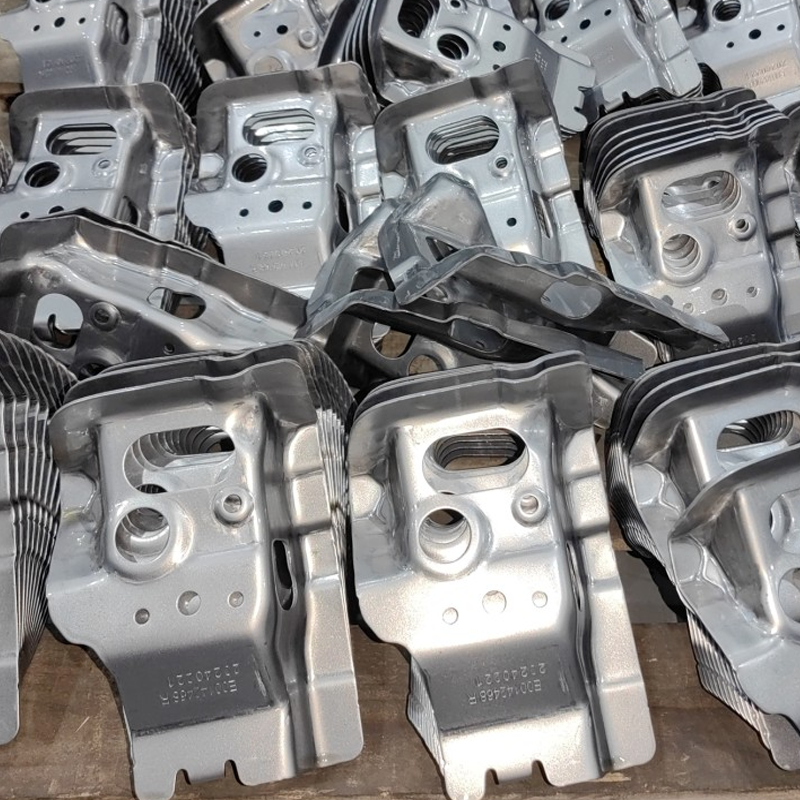
What is Deep Draw Stamping and How Does It Work?
Deep draw stamping is a precision metalworking process that involves the forming of a metal sheet into a three-dimensional shape, typically a hollow, cup-like part. Unlike traditional stamping methods that create flat or simple shapes, deep draw stamping forms complex geometries that are often used for automotive parts like oil pans, housings, and sensor components.
The process begins by placing a flat sheet of metal into a die. A punch is then used to force the metal into the die cavity, creating the desired shape. The deep draw process is highly controlled, and the material flows smoothly into the die without any seams or welds. This results in strong, seamless parts that are ideal for high-stress automotive applications.
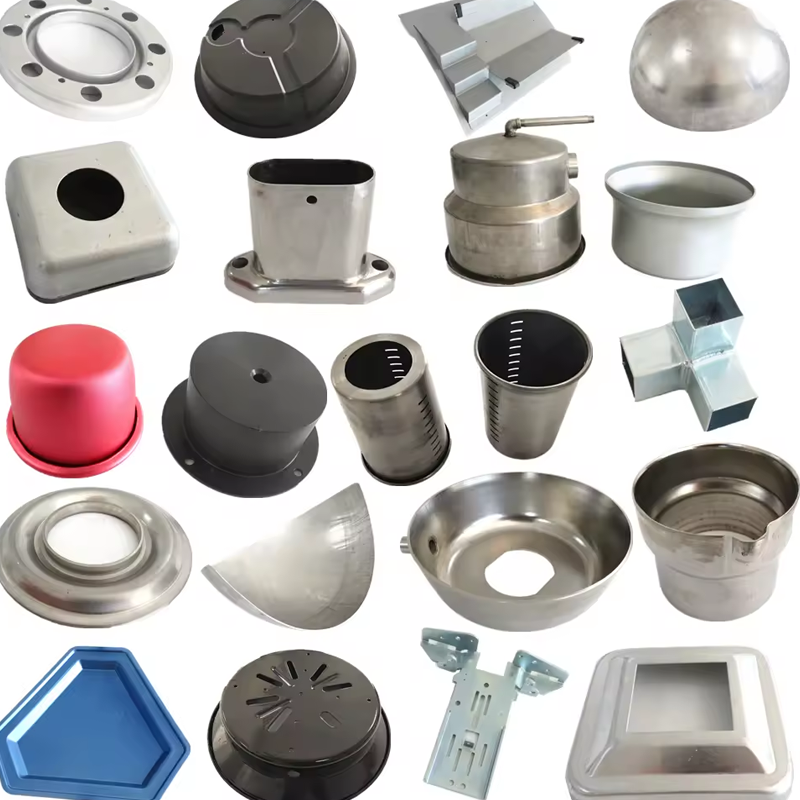
Key Components of Deep Draw Stamping
The deep draw process relies on three primary elements to ensure precision and quality:
- The Punch: The punch is responsible for pushing the metal into the die. It determines the inner dimensions of the finished part.
- The Die: The die is the cavity where the punch pushes the metal. It shapes the external geometry of the part.
- The Blank Holder: This component applies pressure to the edges of the sheet metal to prevent wrinkles and ensure uniform drawing. Proper blank holder pressure is crucial for achieving a smooth, defect-free part.
The blank holder’s role is especially critical. Too little pressure results in wrinkles, while too much can cause material tearing. At Topmetalstamping, we use advanced electronic monitoring systems to ensure that the blank holder applies the exact pressure needed, preventing defects and ensuring consistent results.
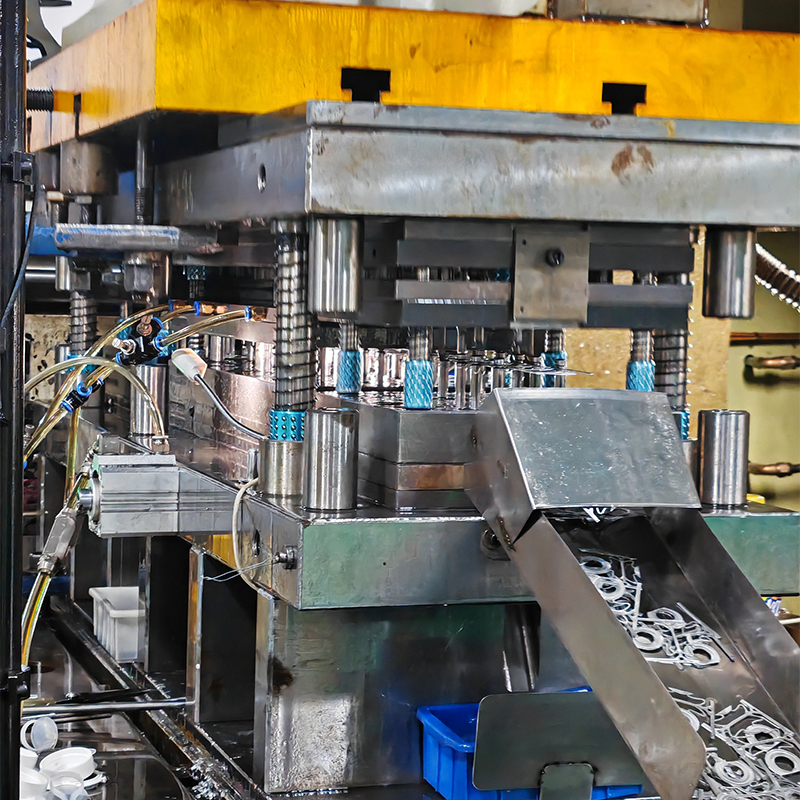
How Deep Draw Stamping Differs in Automotive Manufacturing
In the automotive industry, precision and reliability are paramount. A small error in part design or manufacturing can result in significant quality control issues and affect the overall vehicle performance. Deep draw stamping is especially useful in automotive manufacturing because it allows for the creation of complex, durable parts at scale, meeting the industry’s stringent quality standards.
At Topmetalstamping, we frequently use deep draw stamping for parts such as sensor housings, oil filters, and airbag components—parts that require high strength and tight tolerances. The advantages of deep draw stamping in automotive manufacturing include:
- Precision: Deep draw stamping can produce parts with intricate details and high precision, essential for components like sensor housings where tight tolerances are crucial.
- Strength: The process creates seamless, durable parts that can withstand harsh conditions, such as high heat and pressure in engine compartments.
- Cost-Effectiveness: Once the mold is designed, deep draw stamping is highly efficient for mass production, reducing per-part cost in large batches.
- Consistency: The process ensures that each part is identical, critical for mass production in the automotive industry where consistency is key.
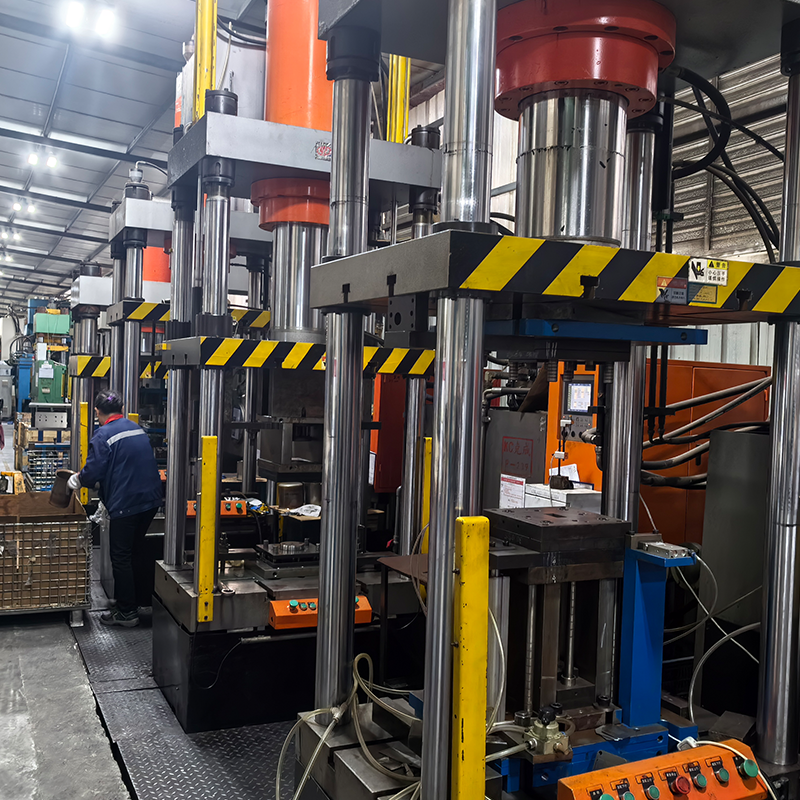
Challenges in Deep Draw Stamping and How We Overcome Them
In a recent project, we worked with a client from India who required deep draw stamped components for their new vehicle model. They faced issues with inconsistent part dimensions and the overall durability of the parts. The parts would sometimes exhibit defects such as uneven wall thickness and material stretching, which affected the strength and performance of the components. Here’s how Topmetalstamping addressed these challenges:
1. Mold Design Optimization
The first step in addressing the issue was optimizing the mold design. We collaborated closely with our client to ensure that the molds met their exact requirements. By using advanced CNC machining and EDM (Electrical Discharge Machining), we were able to create highly accurate molds that could handle the intricate geometries of the automotive parts. Our experienced engineers used finite element analysis (FEA) simulations to test the design and predict how the material would behave during the deep drawing process, minimizing errors before production even began.
2. Material Selection and Process Control
For the project, we worked with high-strength steel alloys that provided the necessary durability while still being malleable enough for deep drawing. Proper material selection was critical to achieving the required performance characteristics. We also implemented a strict process control system that monitored every step of production, from blank preparation to final stamping. By adjusting the blank holder pressure, punch speed, and temperature, we were able to optimize the forming process and ensure consistent results.
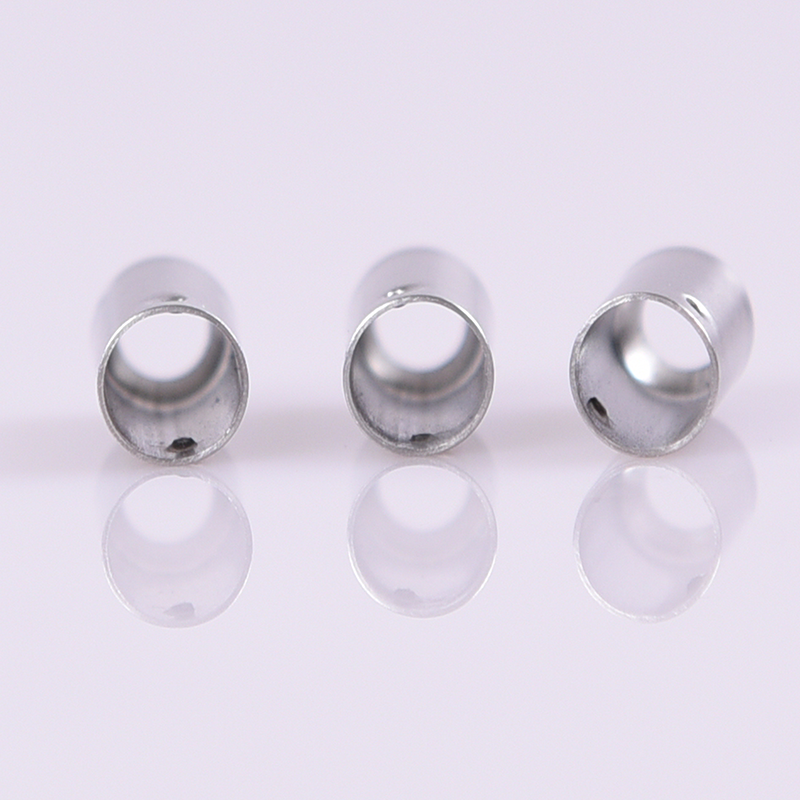
3. Post-Processing and Quality Assurance
Once the parts were stamped, we focused on post-processing to ensure the parts met the required standards. This included secondary operations such as trimming, deburring, and surface treatments. We implemented 100% quality inspection using automated optical measuring systems to ensure each part met the required tolerances. By investing in state-of-the-art inspection equipment, we were able to catch any defects early in the process, ensuring that the final product was free from flaws.
The Result: A Satisfied Client and Long-Term Partnership
After addressing the mold design, material selection, and process control issues, we were able to deliver high-quality, precision-engineered parts to our client. The parts met all of the required specifications, and the customer was highly satisfied with the performance and reliability of the components.
By working closely with our client from the early stages of production, we were able to ensure that the final parts were of the highest quality. The successful completion of this project not only resolved the client’s issues but also helped establish a long-term partnership with Topmetalstamping. Our client now relies on us for their deep draw stamping needs and continues to trust us for the high-quality parts required in their automotive production line.
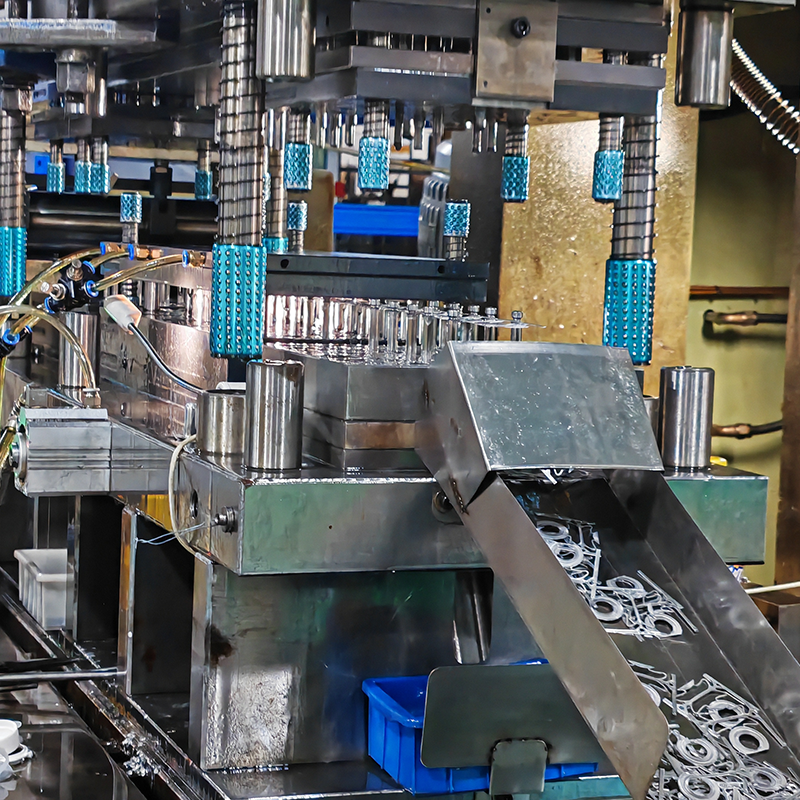
Conclusion: The Importance of Choosing the Right Stamping Process for Automotive Parts
Deep draw stamping is a crucial process in the automotive industry, offering precision, strength, and efficiency for mass production. At Topmetalstamping, we are committed to providing our customers with top-tier solutions that meet the rigorous demands of the automotive sector. Our expertise in mold design, material selection, process optimization, and quality control allows us to deliver high-quality automotive parts that meet the most stringent standards.
If you are in need of reliable, precision-engineered components for your automotive production line, don’t hesitate to reach out to us. At Topmetalstamping, we are here to help you find the best solutions for your deep draw stamping needs, ensuring your parts are produced on time, within budget, and to the highest quality standards.

